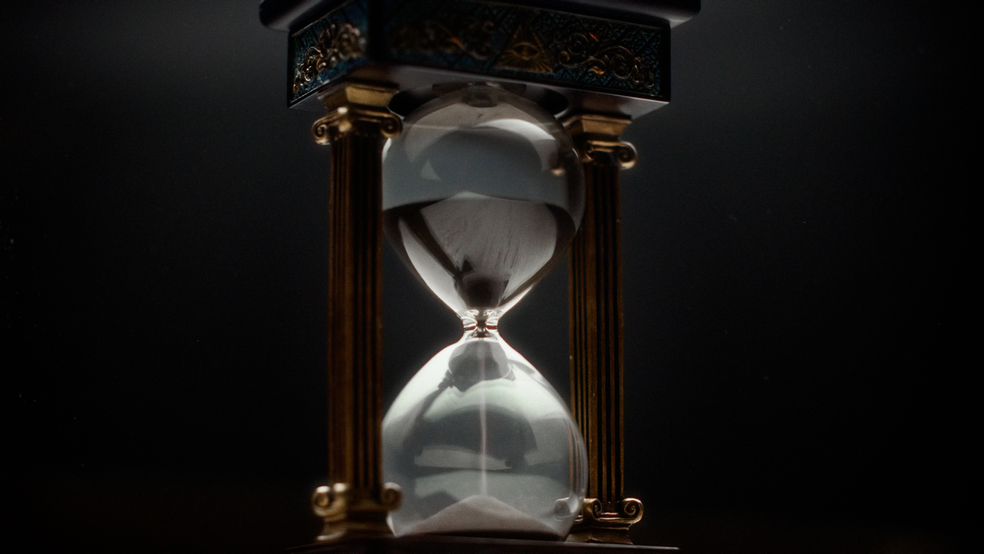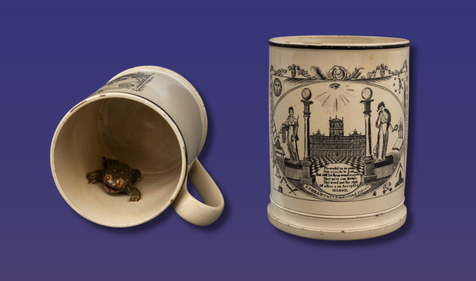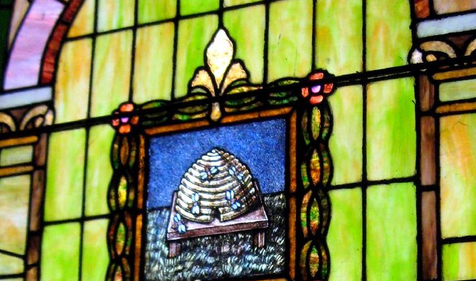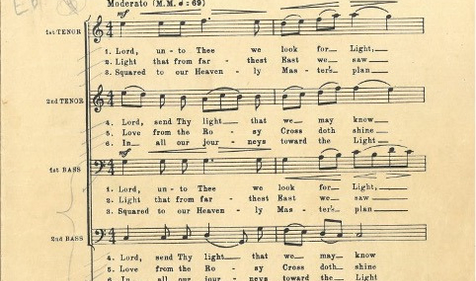The hourglass is a symbol that appears in the ritual of the blue lodge as an emblem of human life and mortality.
The hourglass is a Masonic symbol that Brothers first encounter during the ritual of the third degree. It represents time, the cycle of life and death, and belief in the eternity of the soul. Freemasons believe that by leading a life of honesty, integrity, and tolerance, we can one day turn the hourglass on its side and halt the flow of time as the Supreme Architect recognizes our life of good work.
The Birth of the Hourglass
Before there was the hourglass, there was its predecessor, the clepsydra, or water clock, a bowl-shaped device known to have existed in Babylon, Egypt, and Persia around the 16th century BC. Where and when the hourglass originated is unknown, but the earliest reference to an hourglass in Europe dates back to 1338 when the Italian painter Ambrogio Lorenzetti depicted one in his fresco Allegory of Good Government.
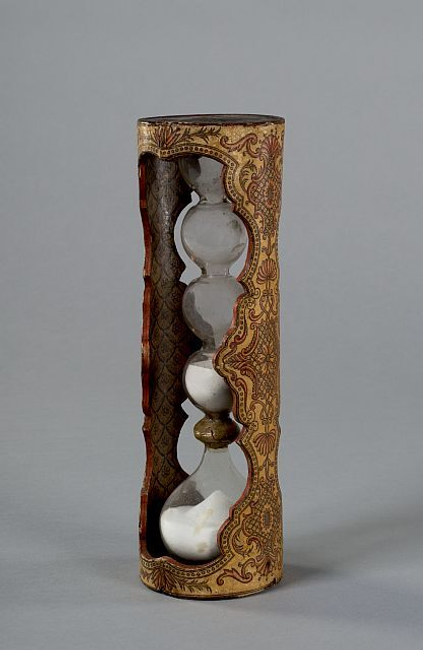
Hourglasses became popular in the 14th century for use aboard ships as they were more dependable for telling time at sea than water clocks. Written records from logbooks of European ships often listed hourglasses as part of a ship's inventory, with the earliest recorded reference to a marine sandglass dating back to 1345.
Over time, hourglasses became more popular on land as an inexpensive alternative to mechanical clocks. Before the invention of the modern clock, hourglasses were used in churches to time sermons, in government offices to time speeches, and in factories to time work shifts. Their primary faculty remained aboard ships, including the famous Magellan expedition around the globe. The inventory included 18 hourglasses from Barcelona, and the ship's page was tasked with turning the hourglasses to record the time for the ship's log.
On the Wings of Time
Smaller, more practical hourglasses became common as people began using them for everyday purposes. However, by the 16th century, they began dwindling in popularity. The development of the more accurate mechanical clock made hourglasses obsolete in many cases. Over time, the hourglass became more decorative than functional.
As clocks overtook hourglasses for broad time-telling uses, they continued to serve their purpose at sea until the 18th century. The clockmaker John Harrison invented the marine chronometer, which improved the stability of the hourglass at sea. In 1761, a chronometer accurately measured the journey from England to Jamaica within five seconds.
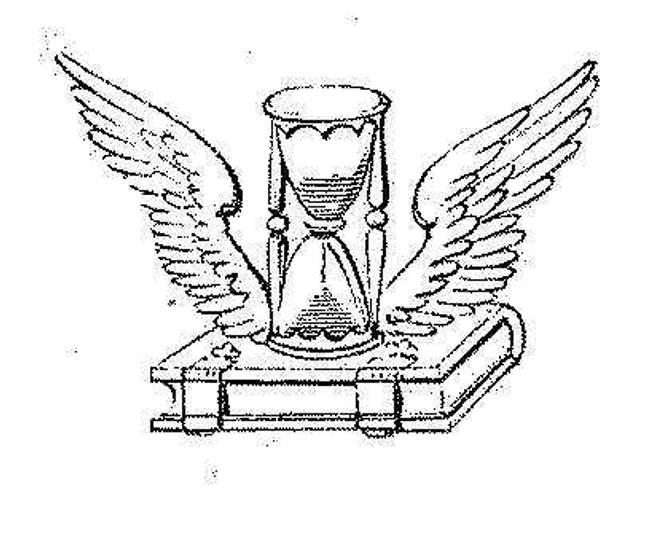
Since they faded from most everyday uses, hourglasses have largely become symbolic, often representing the past and future simultaneously. Over the years, the hourglass has been commonly illustrated with metaphorical wings, acting as a symbol of mortality; it reminds us that human existence is fleeting. The sands of time came to represent mortality, and, in England, hourglasses were sometimes etched on coffins and gravestones.
The Masonic Hourglass
Depending on his jurisdiction, a Brother often encounters an hourglass when he first joins the Craft. In European lodges, an hourglass is often placed in the chamber of reflection which a candidate enters before his initiation, affording him the chance to reflect on this important symbol. In American lodges, the hourglass symbol is first introduced to Freemasons during the lecture of the third degree.
During this ritual, the symbolic meaning of the hourglass represents the continuous passing of time and serves as a reminder that life is finite. The Master Mason degree is a pivotal moment in a Brother's journey, which is why the hourglass, with and without wings, has appeared in many Masonic exposés and early Tracing Boards.

Freemasonry tells us that the two containers of the hourglass are an analogy on their own: that the need to flip the hourglass signifies the cycle between life and death. It could also be said that the need to flip the hourglass demonstrates a man's need to, at times, change his thoughts and actions to progress on his journey.
The hourglass is a unique symbol in Freemasonry for many reasons, the first being how powerful a meaning it conveys.
First and foremost, the hourglass embodies time. Time is the great equalizer, and reminds us to meet on the level, for no matter who we are or what our station is in life, the sands of time will always move forward. But while time presses ever on, the hourglass serves to inspire Freemasons by reminding us of the eternity of the soul. Death may come for us all, but we will be rewarded for our efforts to lead a life of integrity and service. One day, we will be able to turn the hourglass on its side, halt the flow of its sands, and be recognized by our Creator for our good works here.
Like all lessons taught in the degrees, the hourglass encourages us to be the best versions of ourselves. It is a challenge, but also an encouragement, to live a full life as a good man.
The symbolism of the hourglass, above all, is a reminder to strive toward the virtues of Brotherly Love, Relief, and Truth so that we may leave the world a better place. While it is just one of many symbols embedded in the teachings of the Craft, it is deeply meaningful, complex, and well worth repeated reflection.
Watch our anthemic video for Scottish Rite Masons “Hourglass” here.
Related Stories
Discover additional Scottish Rite blogs and news on this topic.
-
A Jolly Masonic Mug
History
Read More about A Jolly Masonic Mug
-
What Does the Beehive Mean in Freemasonry?
Degrees
Read More about What Does the Beehive Mean in Freemasonry?
-
Official (and Unofficial) Music for the 32nd Degree
History
Read More about Official (and Unofficial) Music for the 32nd Degree
